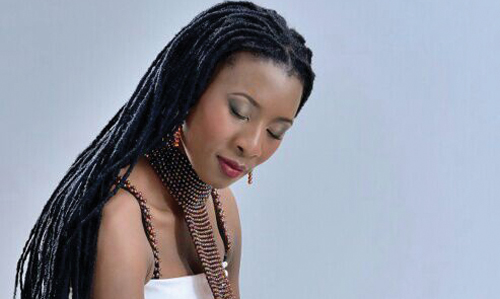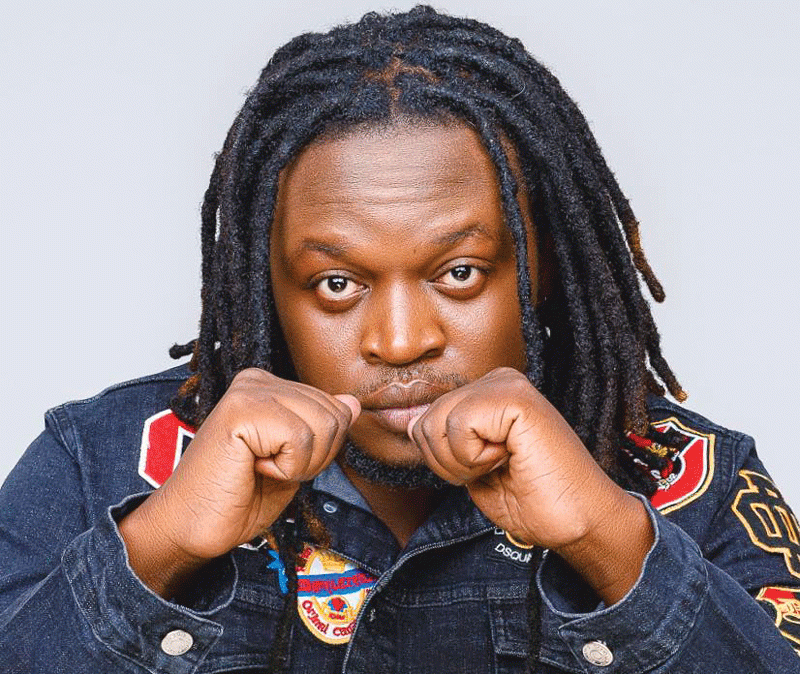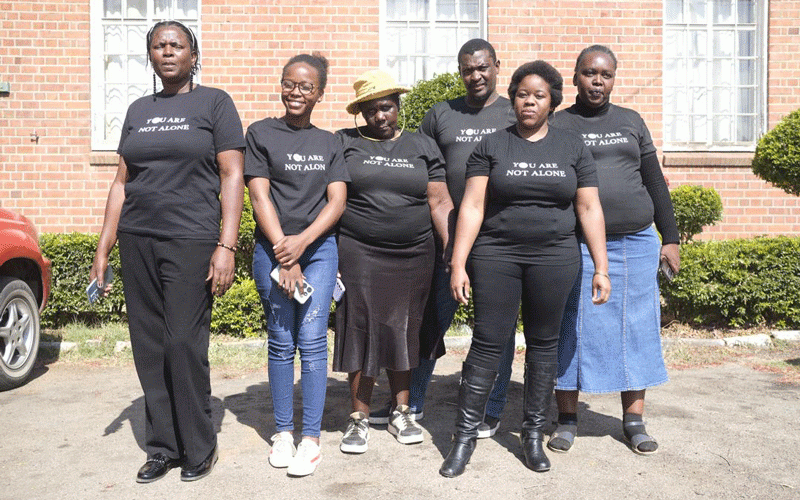
travelling & touring:with Burzil Dube
WHEN gospel diva Fungisai Zvakavapano-Mashavave’s song Tirivana Vehumambo hit the streets recently, little did yours truly take her lyrics seriously until I discovered that she was extolling the virtues of her Lemba tribe.
In the song, she reiterates and also expounds how the Ba Lemba/Remba are a sanctified lot of royal blood.
Zvakavapano-Mashavave pleads for the Ark of the Convent to be uplifted in the African continent so that the power of God’s is felt by all and sundry.
In another album called Jeki Muremba, she glowingly talks of a Remba “gentleman” by the name of Jekanyika, shortened to Jeki, who comes from Mberengwa.
In the song, she goes on to eulogise the Musoni totem of the Lemba tribe: “Pamusoroi, Musoni, Dzungunde, matanda tasiya madzingira imi muri wekurekure …..” whose meaning is believed to border on a Lemba male fiancée.
The glorification goes: “Ndiri Mwenyi, Tovakare, Mudzimbahwe, waka pururudzwa asina mhezi, Batorava, Mai vangu Muzungu muzungu asingarimbe, Tsvarakadenga ye hu mhambo …..”.
As for the explanation of lyrics, yours truly is leaving it to BaLemba who are out there to decrypt the eulogy’s narrative.
- Chamisa under fire over US$120K donation
- Mavhunga puts DeMbare into Chibuku quarterfinals
- Pension funds bet on Cabora Bassa oilfields
- Councils defy govt fire tender directive
Keep Reading
Such exaltations are prevalent among the African-Semitic community and in the song, Zvakavapano-Mashavave was proudly entrenching her Jewish lineage to her multitudes of followers.
So, you now have it that Zvakavapano-Mashavave is a Jew and is very proud about it.
How did the BaLemba move from the Middle East and find a solace in Southern African countries without encountering much hostility?
According to James E Mullen in his most sought-after book Arab Builders of Zimbabwe, he states that the Lemba/Remba are of the Emozaid sect whose roots are in Yemen and Hadhramaut.
Their flight from the two territories was necessitated by religious persecution and they were forced to go through the East African coast while others chose to remain behind in Yemen up to this day.
However, the fleeing tribe was believed to be under Zaid and Suleiman, the two Moslem sect leaders whose belief based on some form of Mohammedanism was indisputable.
On their way, they established temporary shelters as they could not find a permanent place to settle without any form of disturbances from pursuing Syrian foes.
The pursuers were under the orders of Caliph Abdul Malik whose intention was to try and capture or even annihilate the runaway Emozaid tribe whom he accused of being heretics.
However, the Emozaid/Lemba continued their flight heading southwards where they absorbed local natives and in the process the Arab background became less and less distinguishable.
While they became physically less discernible, the fleeing tribe did not discard their strict religious beliefs as well as their civil works expertise.
The latter became handy at a later stage during construction of Great Zimbabwe whose edifice continues to be a marvel even to future generations.
Despite various skirmishes, the Ba Lemba managed to continue moving down the eastern coast in search of a suitable homeland to establish permanent settlements.
It seems their wish was answered when they entered through Inyanga in what is considered today to be the Eastern Highlands in Zimbabwe.
The Inyangani ruins in the Eastern Highlands is believed to be part of the Lemba handiwork. They later proceeded to Great Zimbabwe where the works continues to lure thousands of tourists.
As for their construction of Dzimbabwe or Great Zimbabwe, the rest is history.
From Dzimbahwe, the BaLemba continued heading southwards and in the process gradually putting the Yemeni life behind them.
It is reported that they finally settled at some hill called Belingwe, which is today known as Mberengwa. The hill was well known as “Belingwe of the good people” and was the headquarters of the MuLemba ruler called Nkalahonye.
Hence, the Belingwe area proved to be an ideal place to set up a permanent settling area for the VaRemba tribe and they started establishing their cultural norms and values.
So, even to this day thousands of BaLemba are found in and around the Mberengwa area under the jurisdiction of Chief Mposi and other related traditional chiefs.
Mystical happenings are currently said to be taking place at the Belingwe mountain and if you are sceptical, just try to enquire from VaRemba/Lemba who are settled in Mberengwa.
I am looking forward to touring this sacred place. Seeing is believing.
Some of their cultural norms introduced were strict adherence to biblical type of circumcision, and not eating any of the unclean animals mentioned in the Bible including any form of pork.
On circumcision, the process was supposed to be strictly done eight days after the infant’s birth.
The Lemba also firmly prohibited marriage with “foreigners” whom they described as Vasenji and in the process encouraging endogamous marriages.
It remains to be seen as this type of marriage process is today still operational!
Was it some form of halaal?
In summary there are two groups of BaLemba who settled in the then Belingwe, that is the Lemba-Mposi who even to this day idolise Zaid, while Suleiman is revered by Ba Mwenye-Lemba of the Sunni descent.
It is believed the praise name “Musoni” could have originated from the word “Sunni” with the latter being a larger branch of Islam.
Despite the gradual disappearance of Arab genes, their Semitic beliefs within this sanctified tribe are somehow still prevalent, hence their philosophy on preservation of ancestry cultural norms.
Yours truly would have written more about the BaLemba’s 12 clans, but let us leave it for another day as necessary facts are still being gathered.
The same also applies to the biblical Ark of The Convent which is believed to be safely kept somewhere in Zimbabwe. They also call it Ngoma Lungundu whose mystical powers are a subject of intense debate within some religious organisations.
Is it true that the BaLemba and Ethiopia’s Falashas tribe are faces of the same coin but always at daggers drawn?
I am very excited to know that some of our current traditional chiefs in Mberengwa are of Jewish origin while King Mzilikazi of the Ndebele was reported to have preferred Lemba traditional healers due to their astuteness. Interesting indeed. Till we meet again in the next article.
l Comments always welcome on: [email protected]











